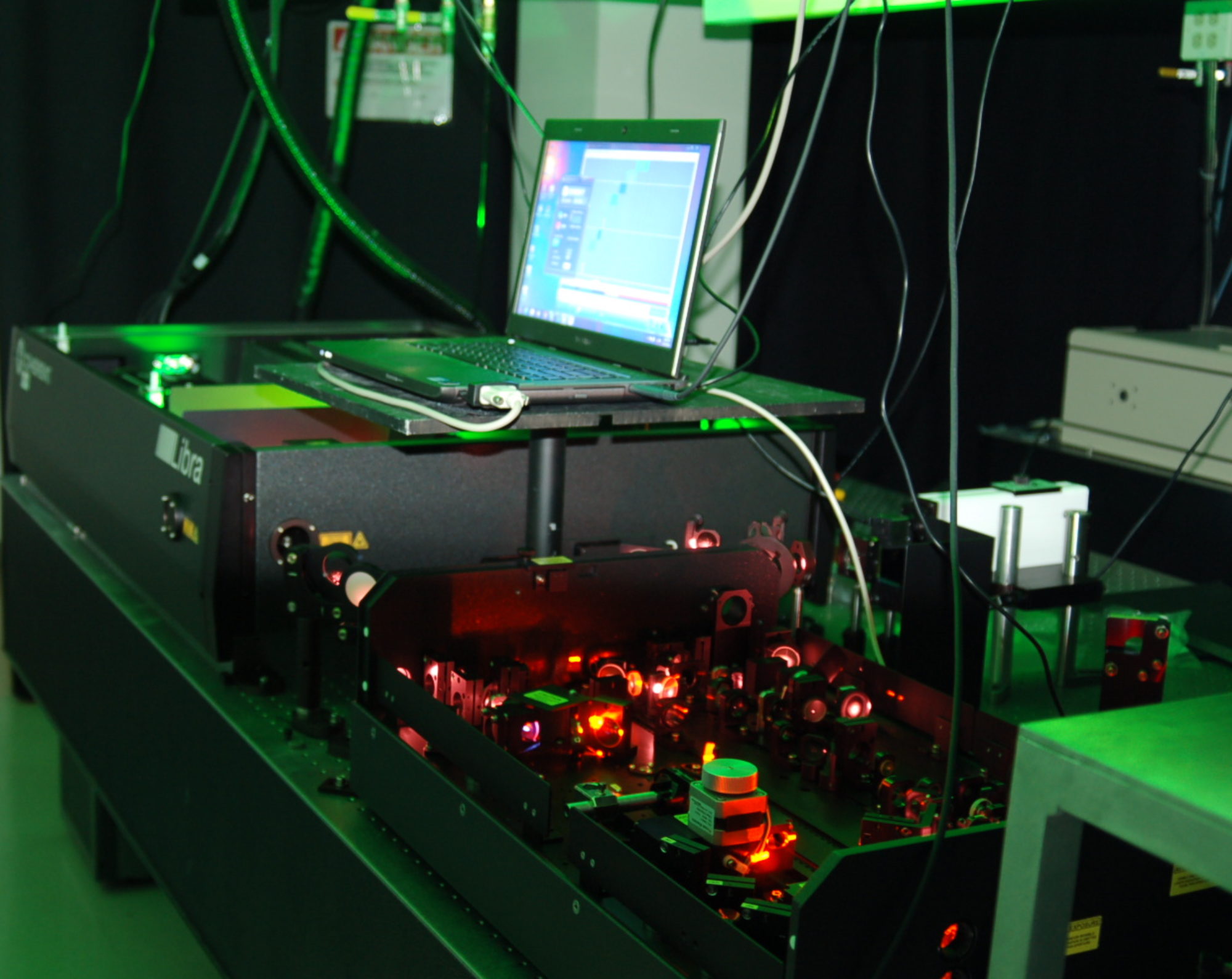Optics and Photonics News
- Researchers at the University of Rochester and Rochester Institute of Technology recently connected their campuses with an experimental quantum communications network using two optical fibers. In a new paper published in Optica Quantum, scientists describe the Rochester Quantum Network (RoQNET), which uses single photons to transmit information about 11 miles along fiber-optic lines at room […]
- The triangle is a small instrument made of a metal rod bent into a triangle shape that is open at one corner. While small, its sound is distinct, with multiple overtones and nonharmonic resonance. But what causes the surprisingly powerful sound?
Ultrafast laser experiments pave way to better industrial catalysts
Nanotechnology News
- A team of researchers has developed a cost-effective, high-throughput technology for detecting nanoplastics and microplastics in the environment. These particles are pervasive, posing health and environmental risks, yet detecting them at the nanoscale has been difficult. The 3D-printed HoLDI-MS test platform overcomes the limitations of traditional mass spectrometry by enabling direct analysis of samples without […]
Prof. Franky So published an article
Remember this annoying color change when you look at your screen at different angles? Professor So group at NCSU Materials Science and Engineering department offers a solution. The article is published in The Journal of the Society for Information Display (https://doi.org/10.1002/jsid.792)
Power outage on NCSU Centennial campus
The power has been restored. All IMAKS instruments are up and running. Good luck with your experiments.
IMAKS is preparing for power outage
All power will be down on NCSU Centennial campus starting at 7:30 a.m. on Sunday, June 2 . The crews will connect power lines to newly constructed buildings. As a result, all instruments have to be powered down and unplugged from wall outlets.
Lab temperature today
The facilities were planning to do work on secondary power lines (emergency lights, signs, and such). Accidentally, this morning they switched off the HVAC system and lab hoods. As a result, the lab got hot beyond the operating range of ultrafast lasers. facilities have been contacted. The temperature is getting to normal now. We anticipate we can start running experiments around 11 a.m.
Congratulations!
to Chris Papa, Anh Thy Bui, and Phil Castellano on their article published in Nature Communications (https://doi.org/10.1038/s41467-019-10260-7)
